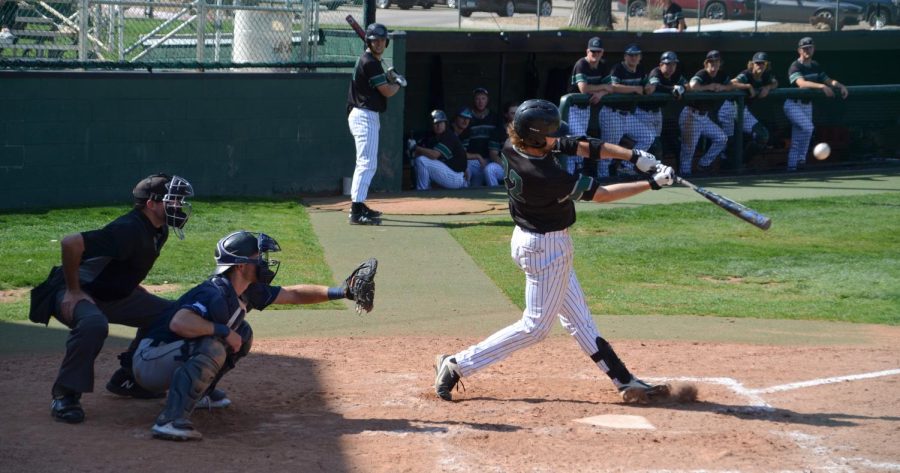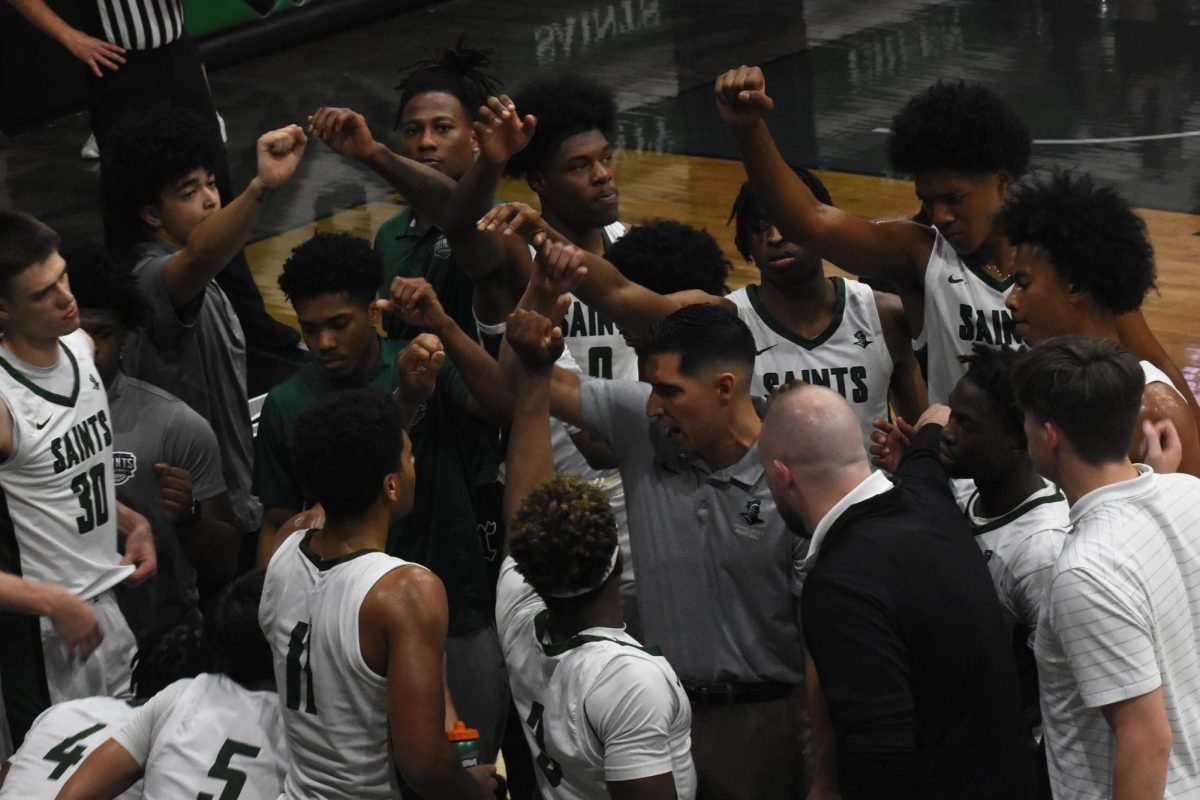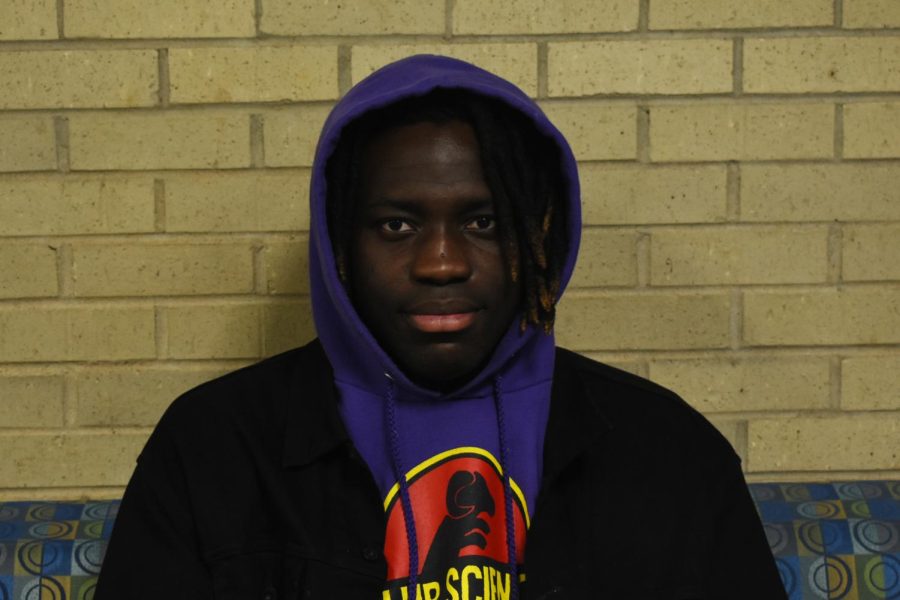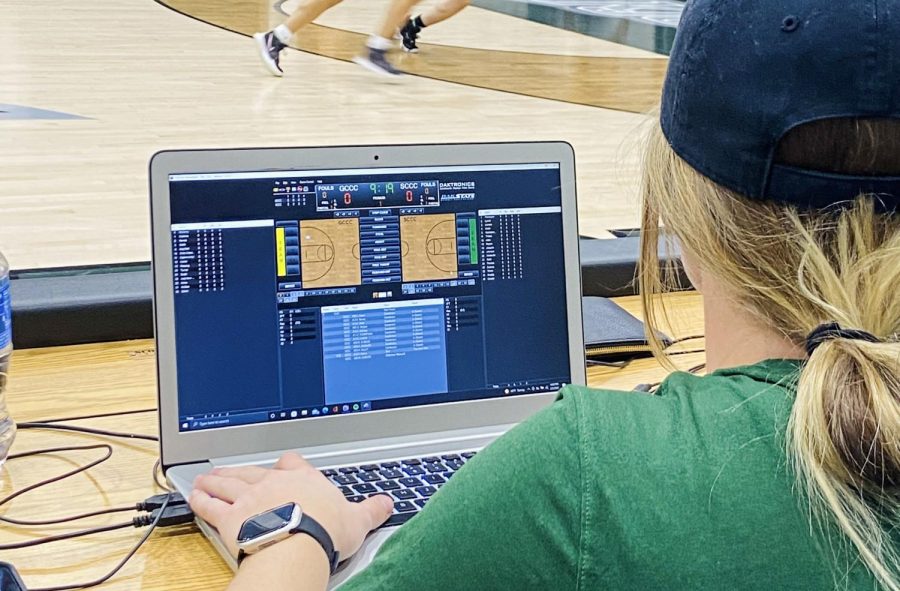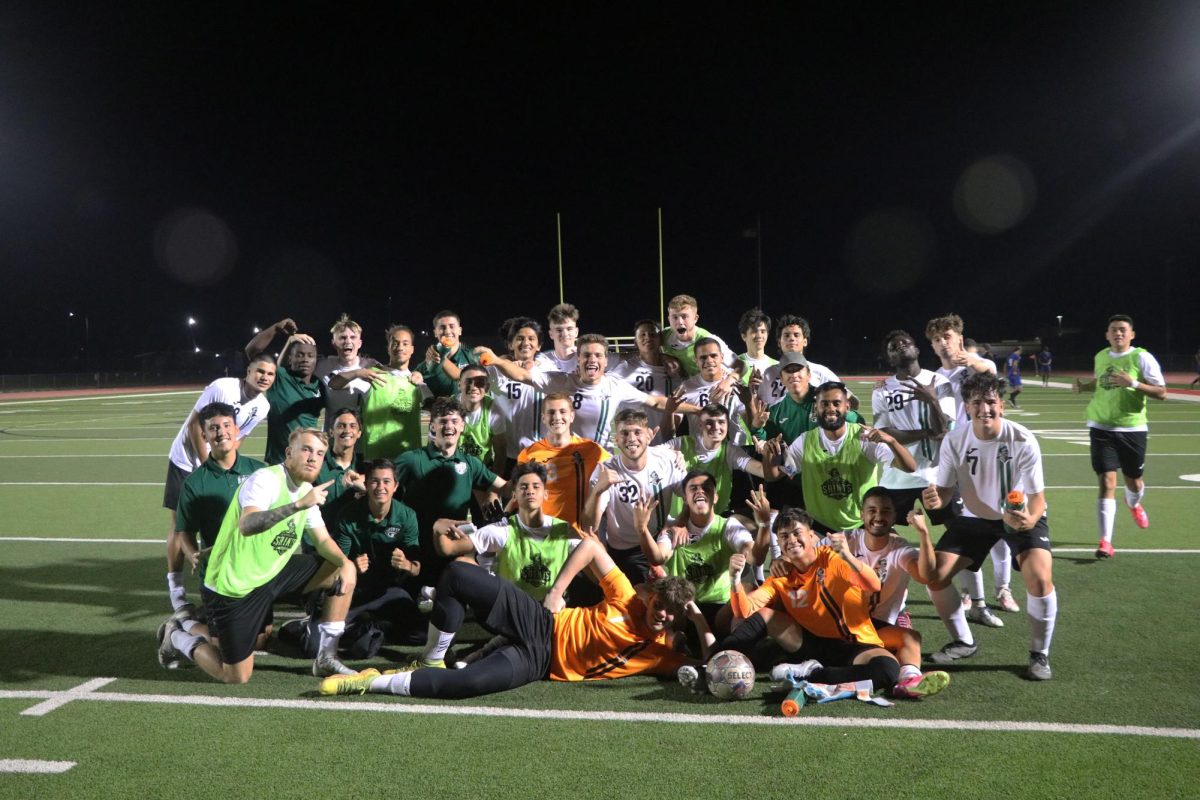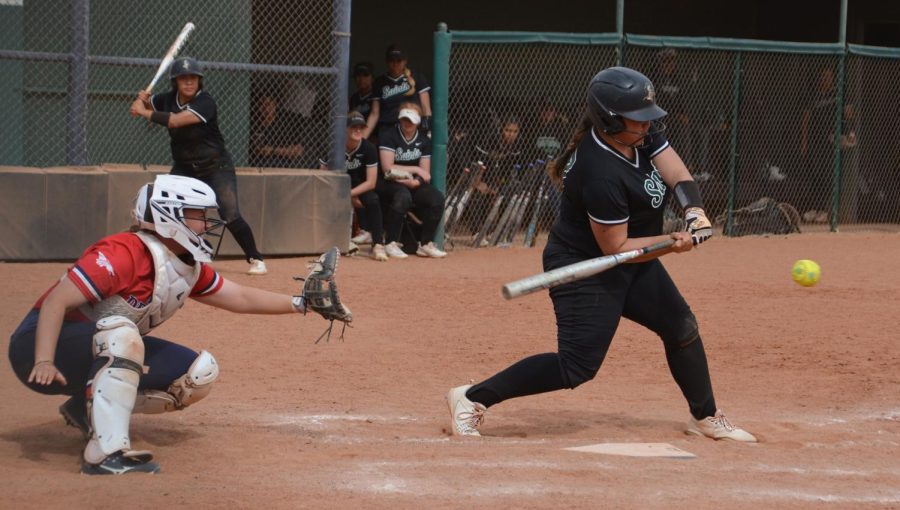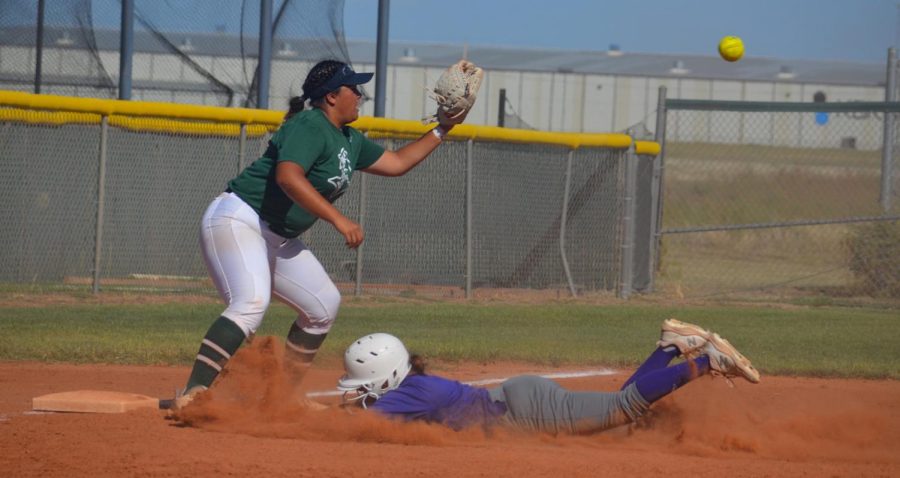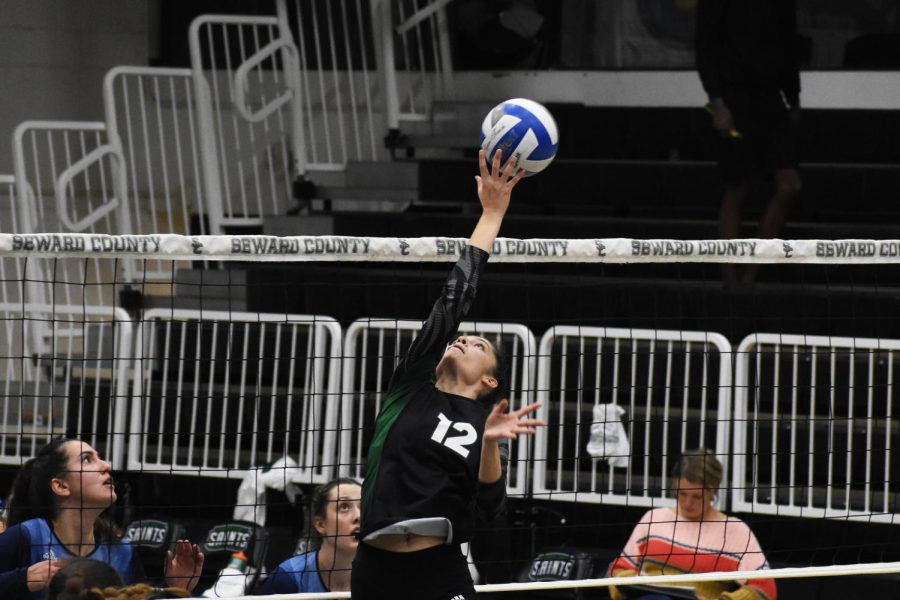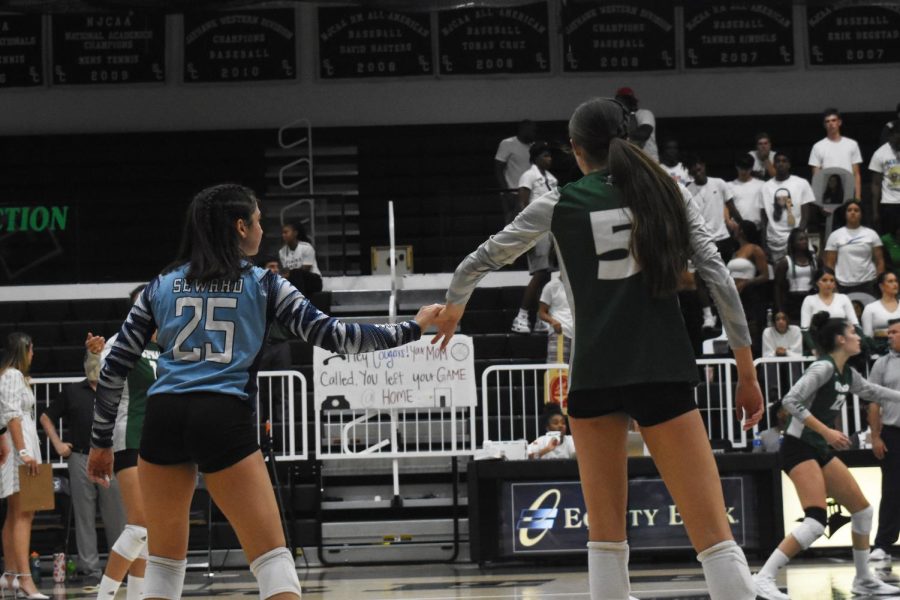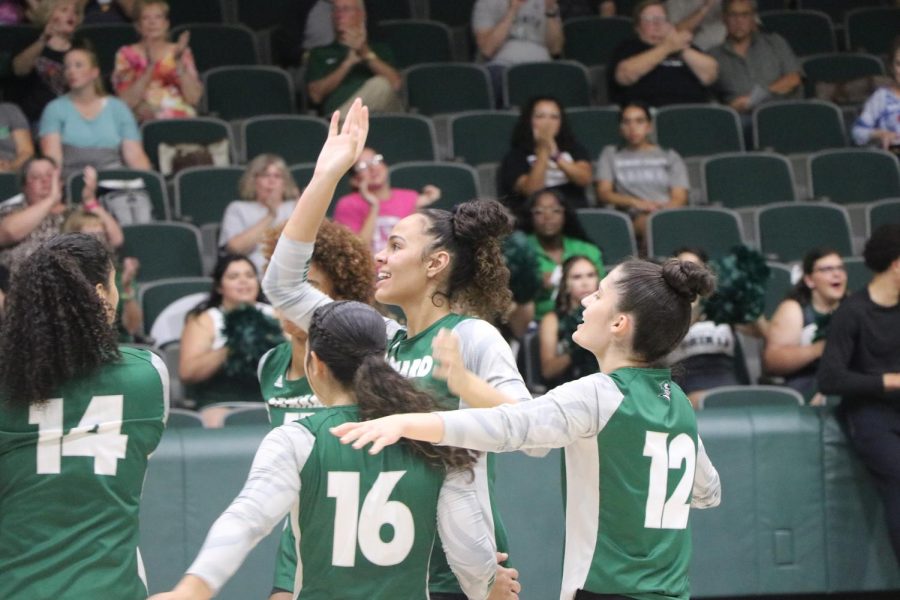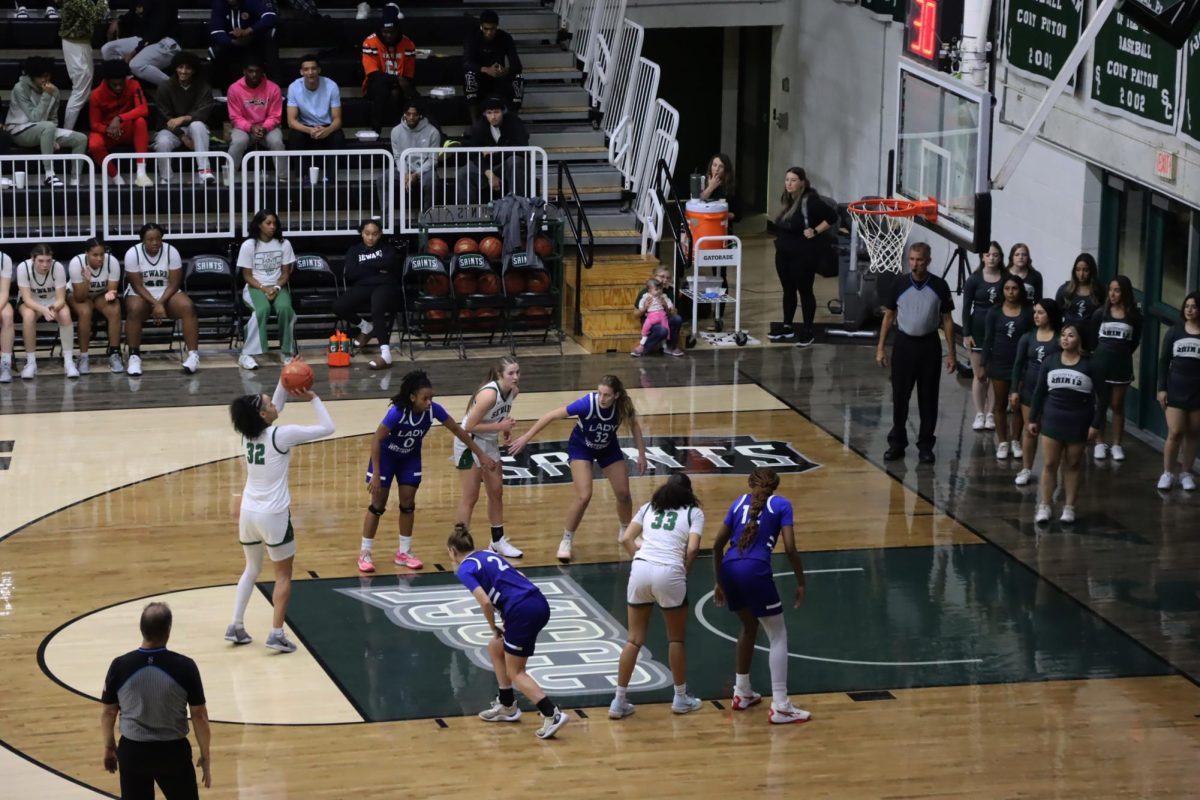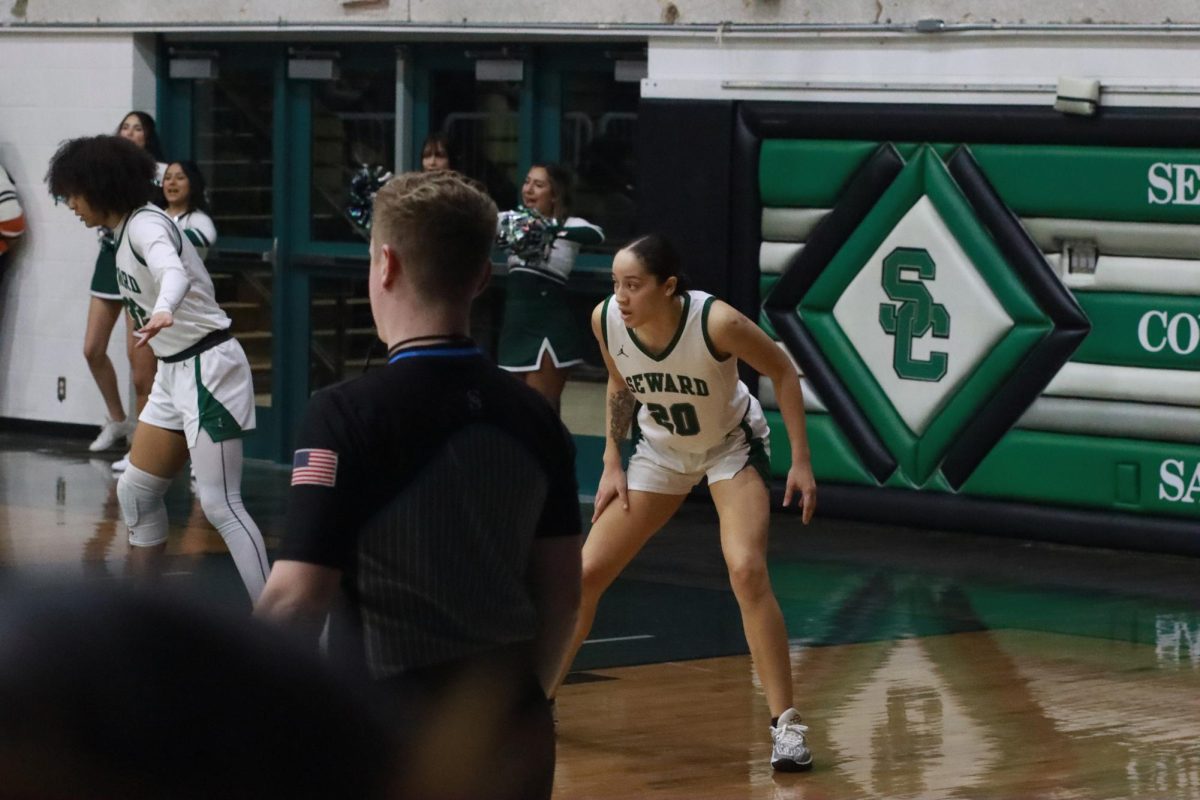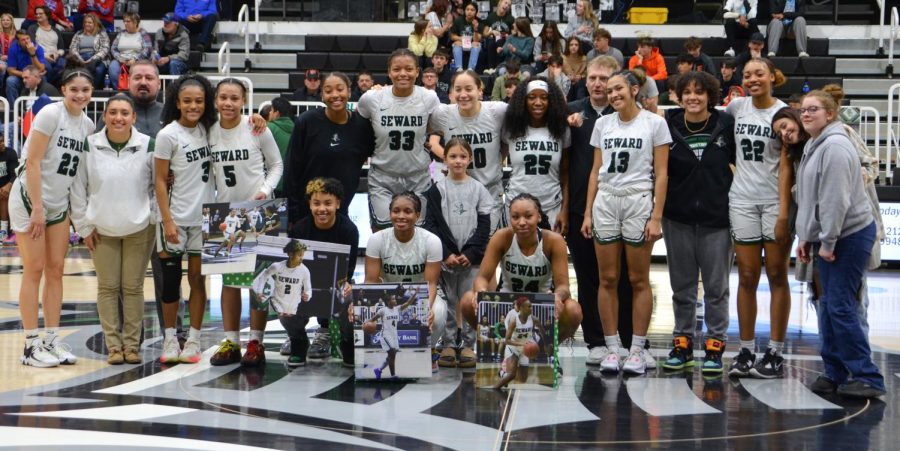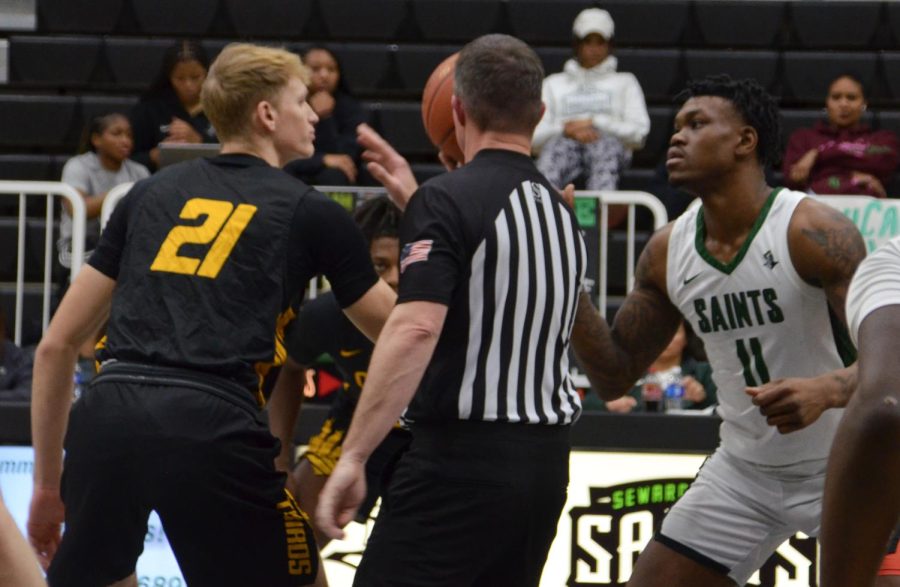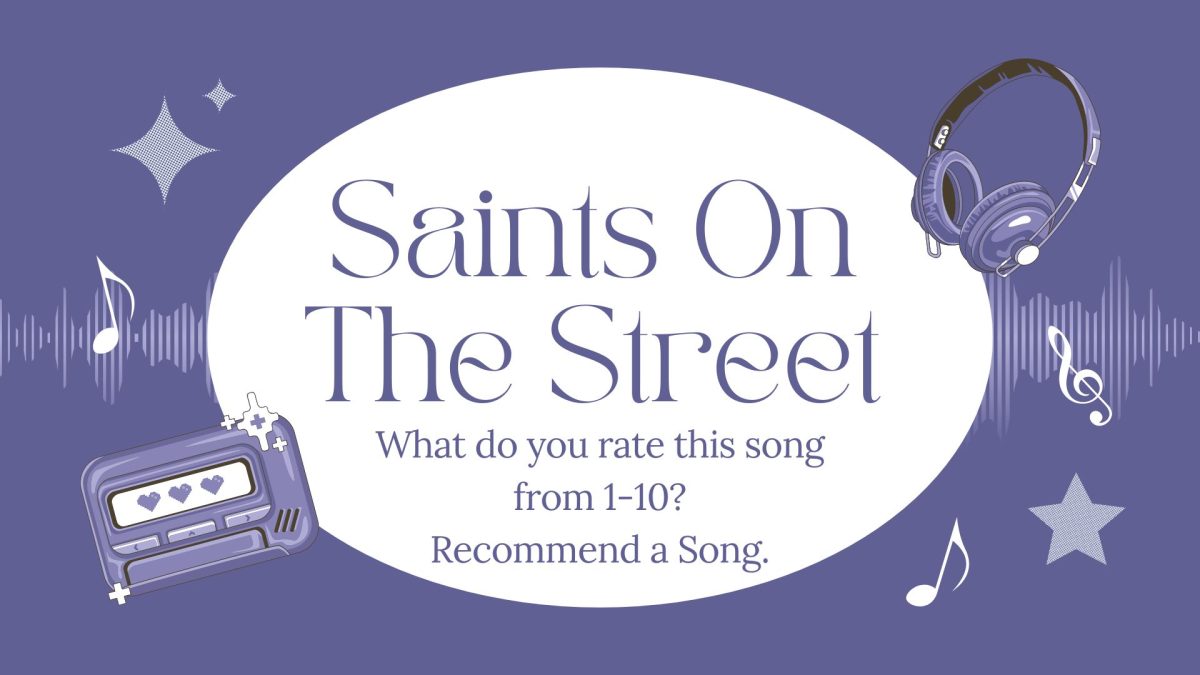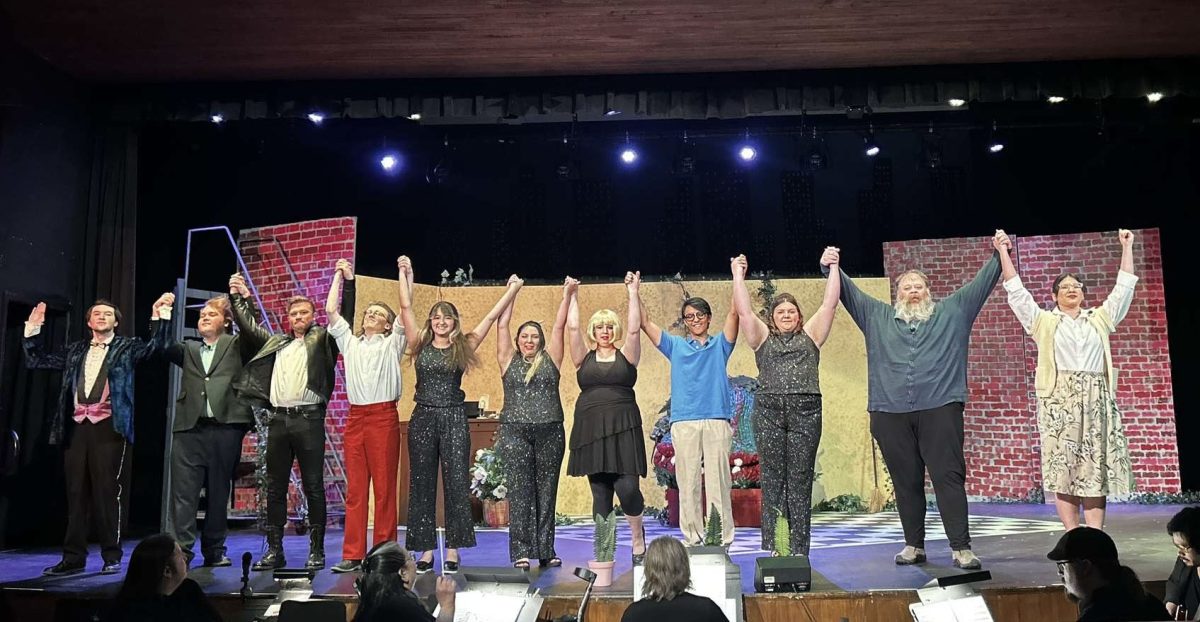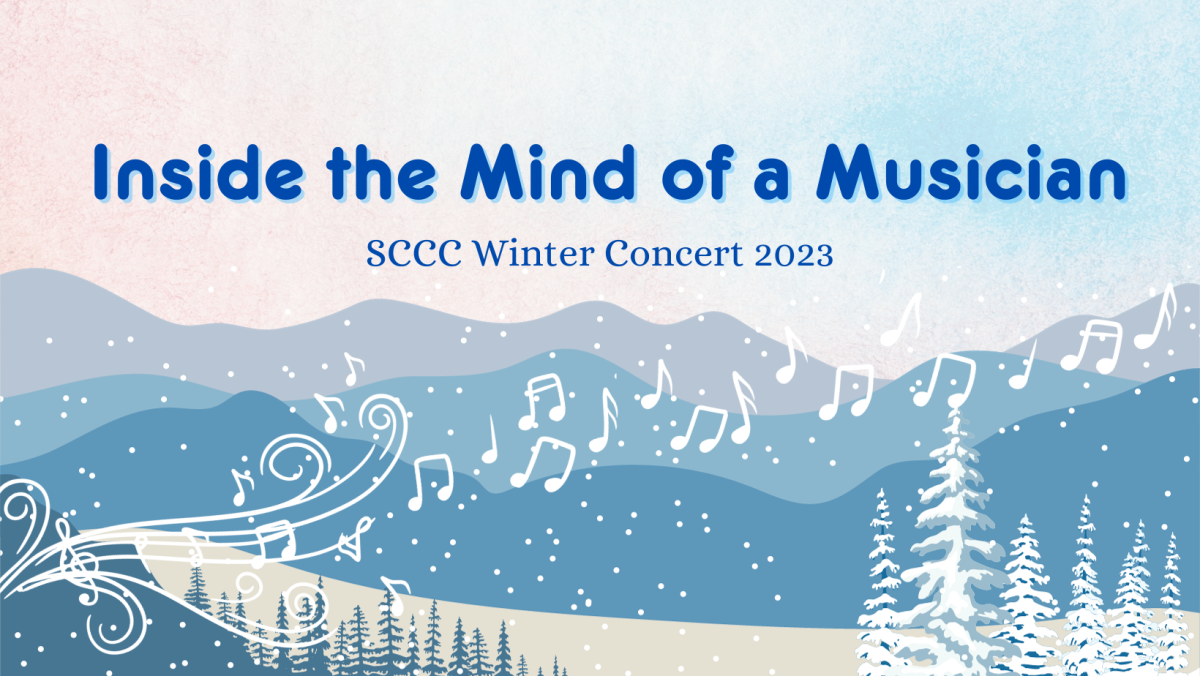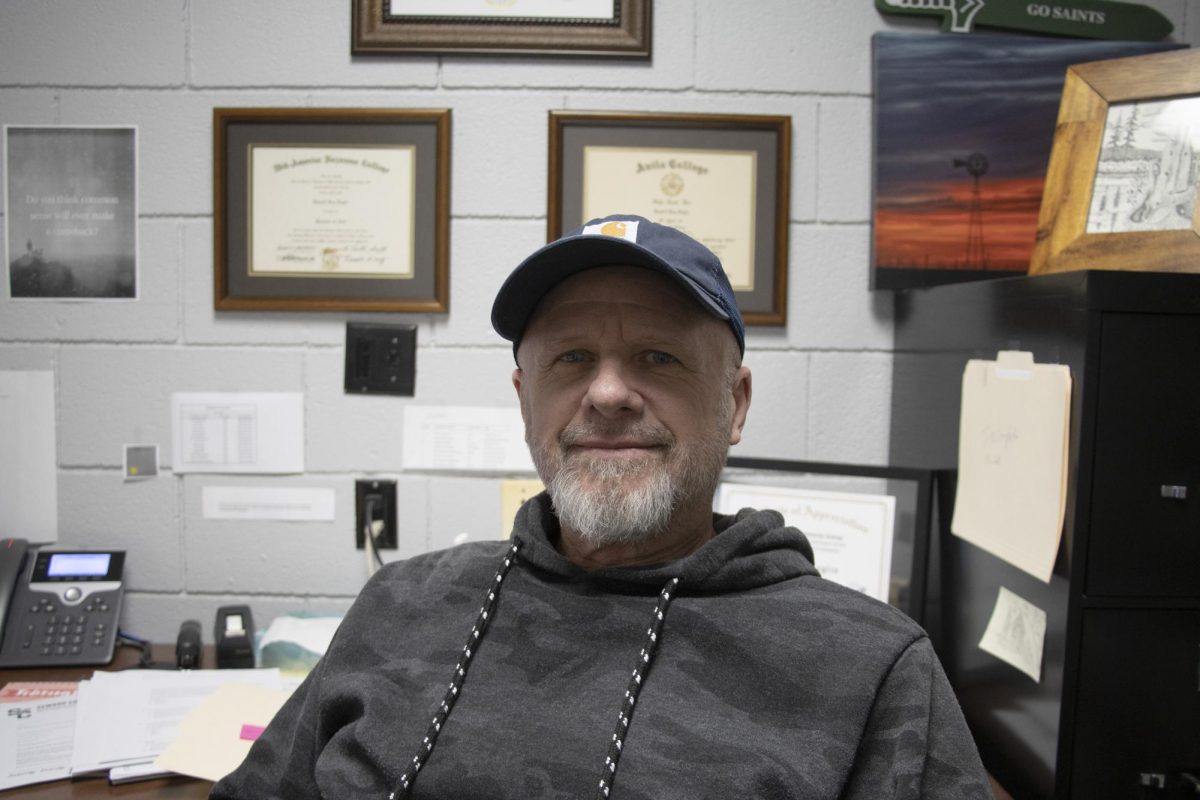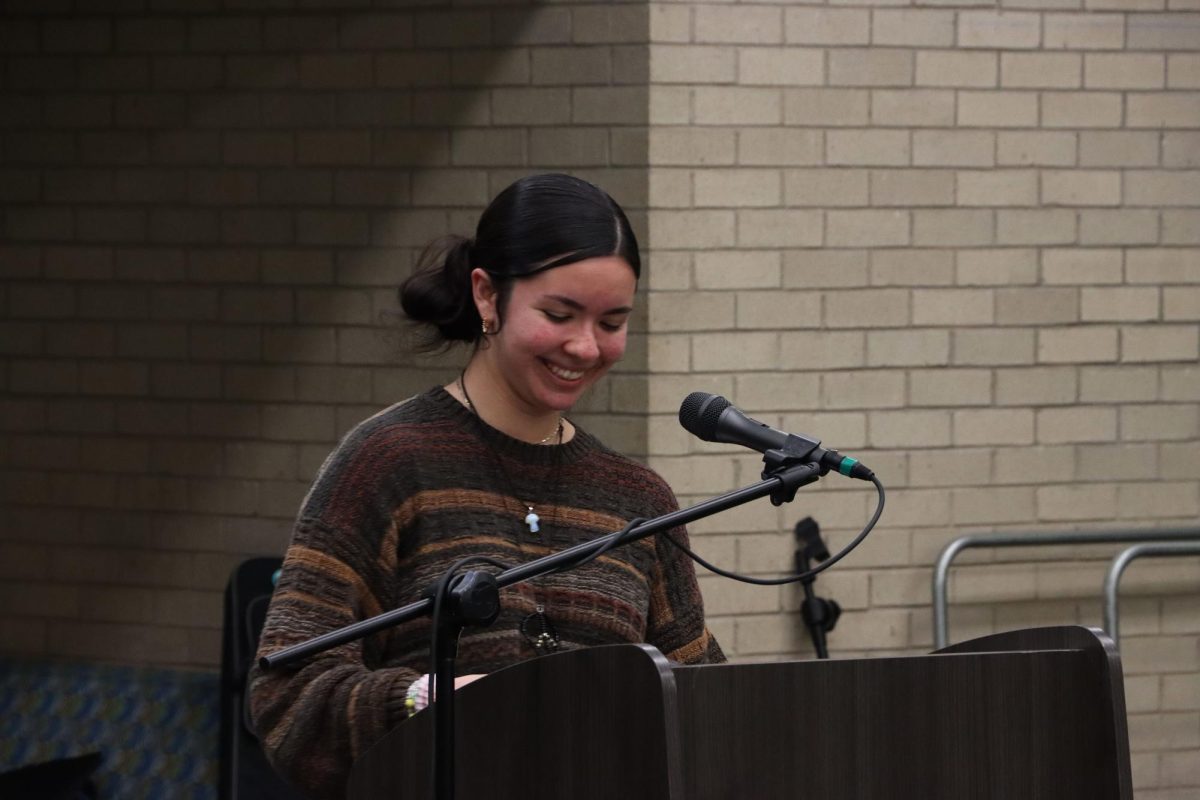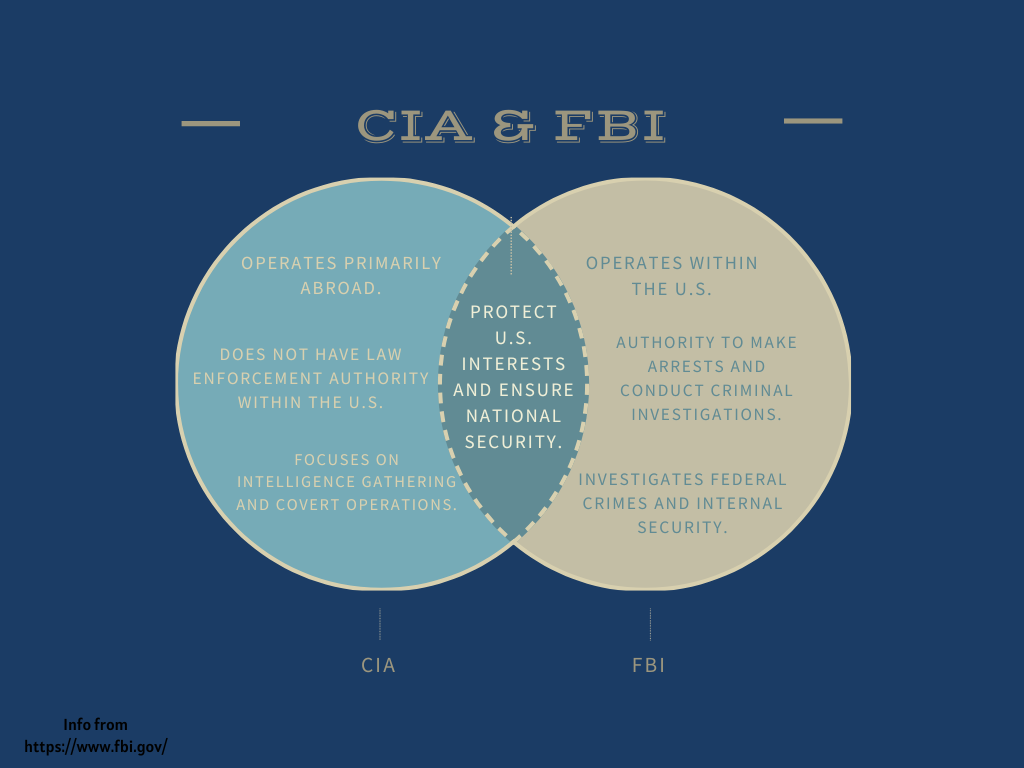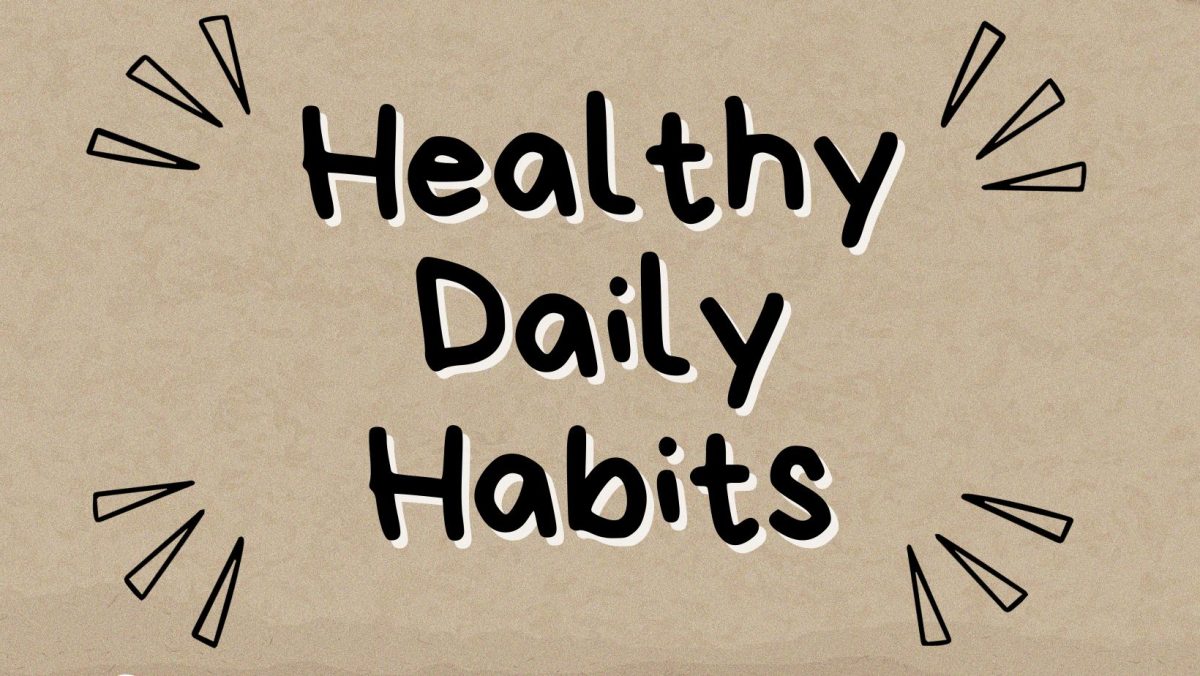Ballroom dancing waltzes into SCCC
Editor’s note: This story was produced by our staff before spring break. While this class no longer meets due to the statewide coronavirus “stay-at-home” order, we thought you’d enjoy it.
W
hen thinking of the student union, a pool table, cafeteria or the gym might come to mind. The sounds of competitive ping-pong matches melding with whistles from basketball practice are an everyday occurrence — except on Thursday nights.
That’s when a voice drifts up the stairs from the basement hypnotically chanting, “one, two, three … one, two, three” with the beat of calm, moving music. Ballroom dancers chatter as they tip-toe across the floor. The variety of shy, outgoing, nervous and eager personalities of the students light up this basement room.
Salsa, swing and the foxtrot are a few dance styles that are taught in the new ballroom dance class at Seward County Community College. Mary Nagell, math and science division secretary, teaches a ballroom dance class Thursday evenings downstairs of the wellness center.
Nagell says the ballroom class is not like regular dance classes where there is a performance at the end of the course.
“This class is to teach more social dancing, for weddings or different events. I give them the individual steps, not routines,” Nagell says.
Maria Herrera, sophomore engineering major, and Sammir Martinez, sophomore respiratory therapy major, both say they needed another credit for this semester, but also wanted “something fun to do.”
Ballroom dance developed from ballet. According to the Fordney Dance Foundation, the earliest ballroom dances were recorded in 16th century France. However, Nagell says that ballroom dances come from many different countries.
“The cha cha and the salsa both came from Latin countries and they are really alike. All of the dances are similar,” Nagell says.
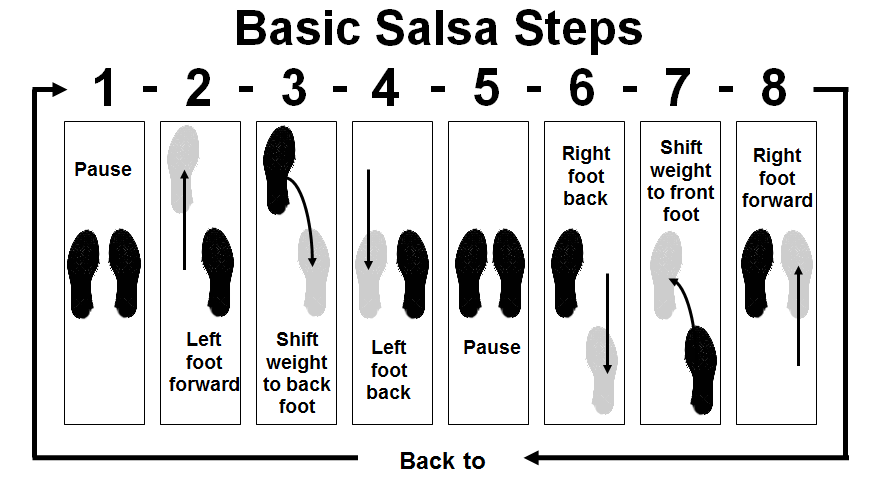
The dance class is open to anyone no matter their dance background. Nagell adds that anyone can have fun dancing at any level. Herrara admits that it’s easy to learn, too.
“We go slow at first, and then we pick up the pace and finally we add music and it all just comes together,” Herrara says.
Even though the class is just once a week, students have learned a lot of content. Students will learn the salsa, cha cha, swing, waltz, foxtrot, and samba in the class and they are graded by class participation.
Colby Bradford, sophomore chemistry major, is another student who takes the class.
“Before, I would just dance when I was in musicals,” he says. “I know a lot more now after joining the class than what I knew before.”
However, Nagell says the hardest skill for the students to learn is hip movement. Hip movement helps make Latin dances look more natural, so it’s hard for some people to pick it up.
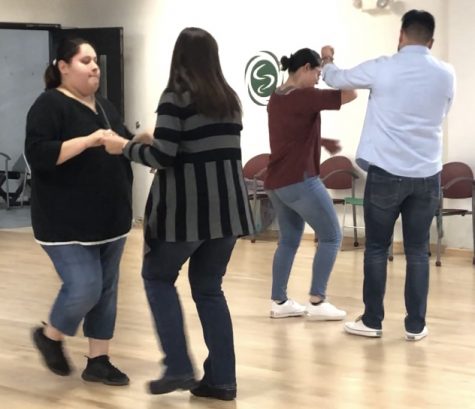
“The foot movements are more simple and women generally tend to learn them quicker,” Nagell says.
This class gives students an opportunity to relax while learning a new skill. Ballroom dancing, like any other type of exercise, releases endorphins which helps relieve stress. Nagell describes ballroom dance as an opportunity to express oneself and to let energy out. Herrera totally agrees with that assessment.
It’s a good way to do something other than study. It’s fun doing the dances that you normally just see” Herrera adds.
Even though it is not a requirement to have a partner for the class, it has played a somewhat cupid role and has brought couples together.
Mary Nagell and students dancing to “Let’s Get Loud”.
“My girlfriend likes coming here because it’s an excuse and we don’t really get to spend that much time together so coming here gives us more time together” Bradford says.
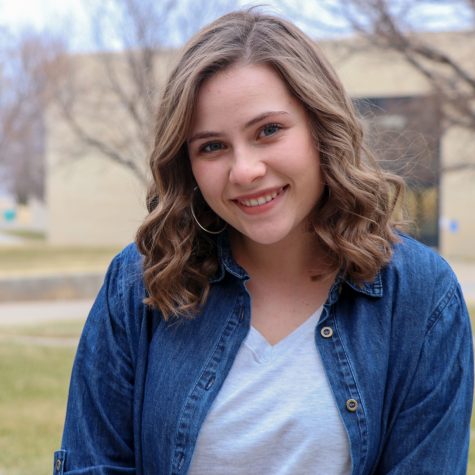
Rebecca Irby is a 19 year old Liberal local. She is a music major. After attending Seward, Rebecca plans on attending Fort...
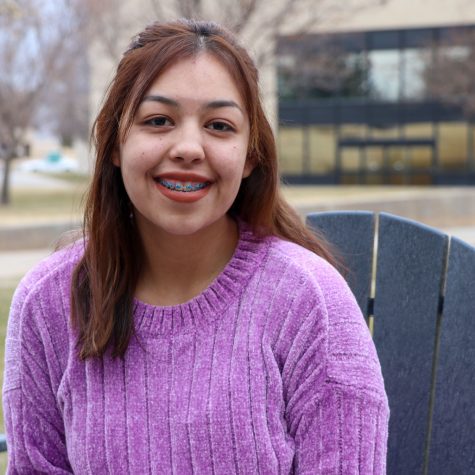
Denise Perez is a freshman at SCCC. She is 19 years old and was born and raised in Liberal. She is excited to be a public...

Calen Moore is a sophomore at SCCC and is from Liberal. He discovered his love for writing through writing for Crusader News....



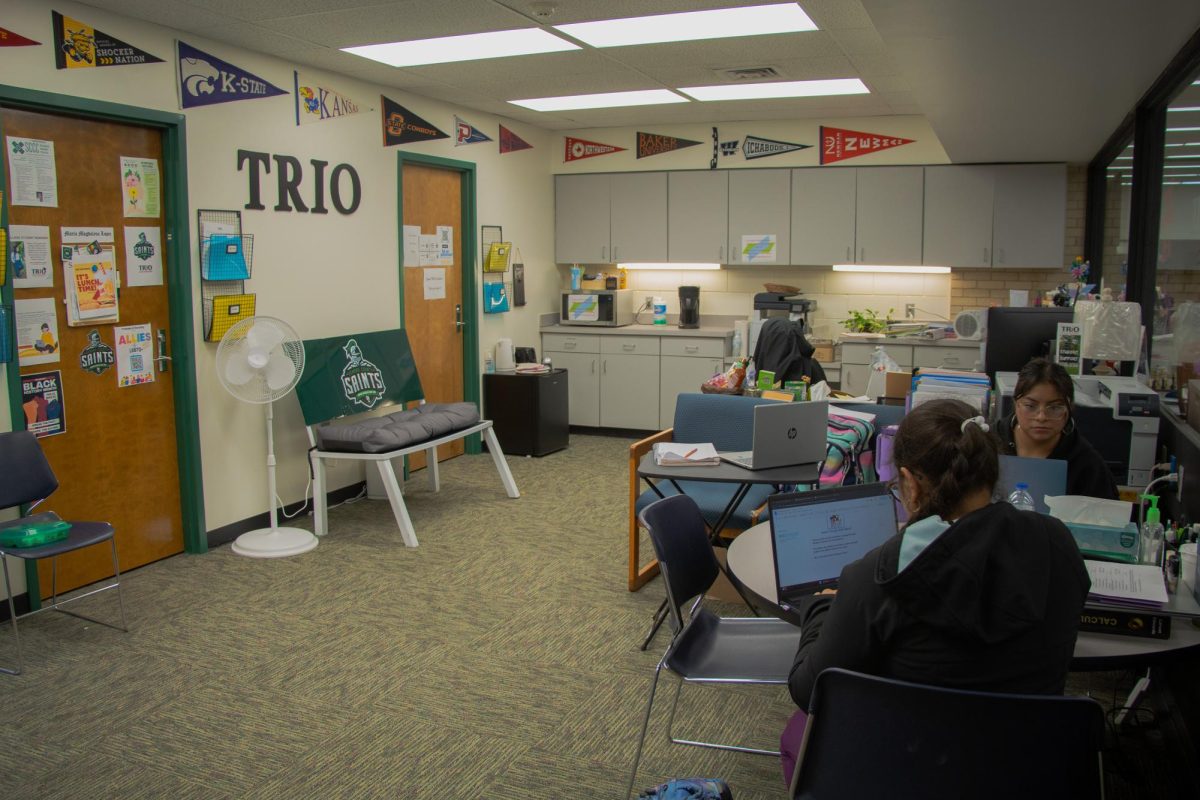

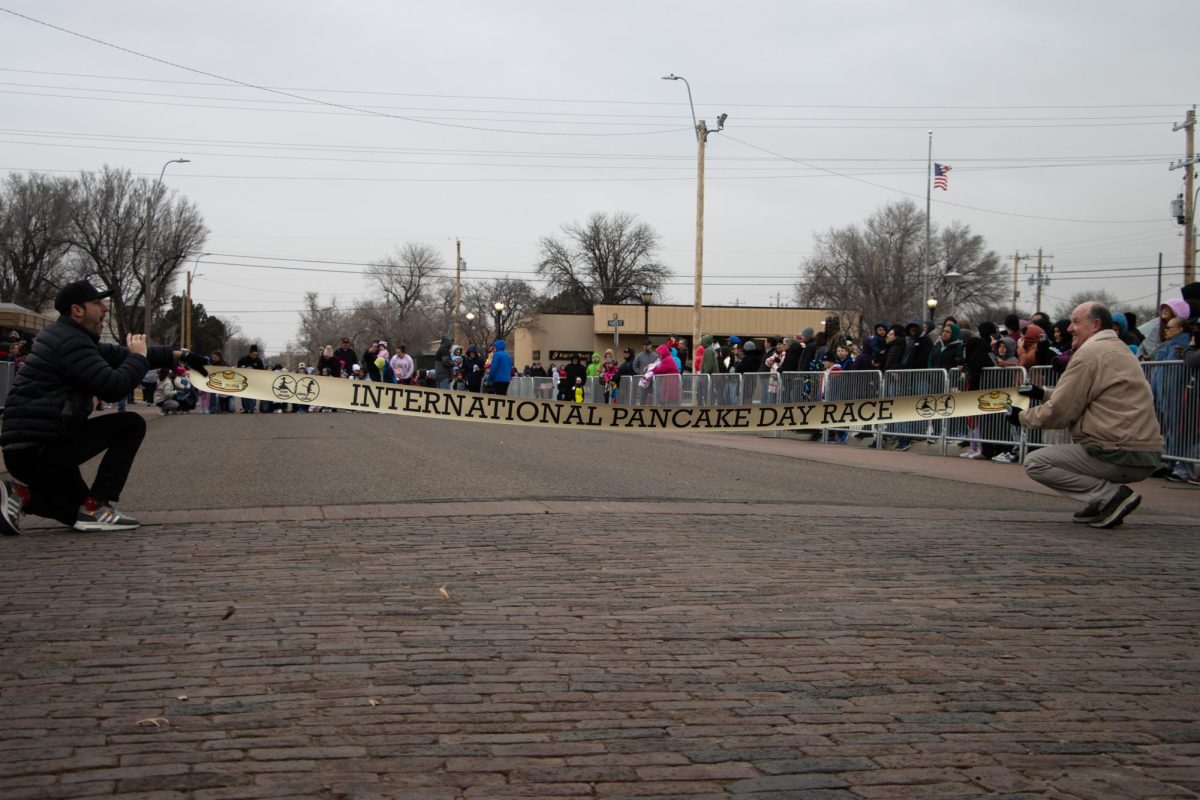
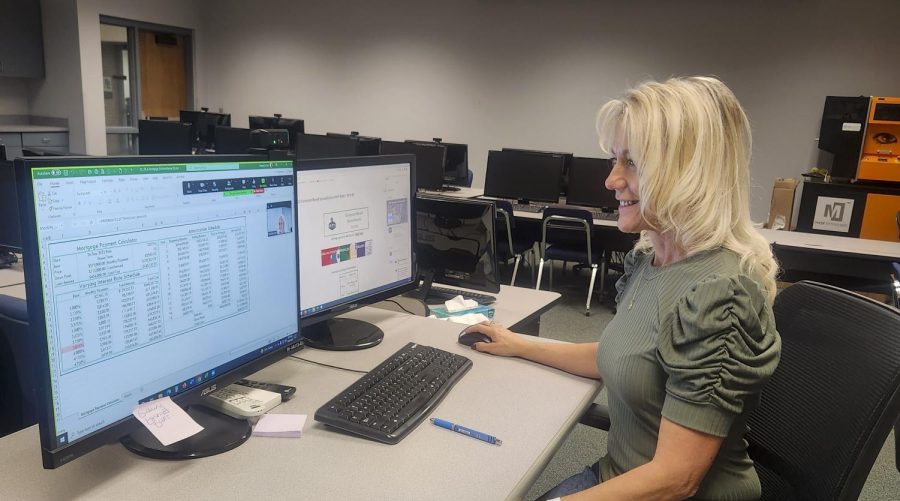


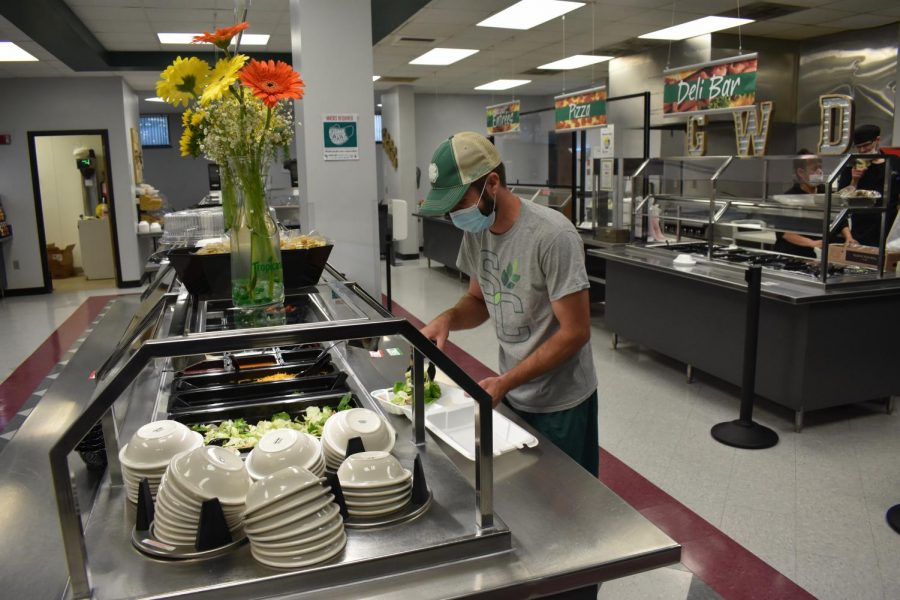




![The sophomores were recognized on the field instead of walking across the stage during their doubleheader. They received their diplomas and a picture of themselves playing during their career at Seward. [Pictured left to right are Dylan Day, Reed Thomas, Jase Schneider, Mason Martinez, Gannon Hardin, Brody Boisvert, and Zach Walker]](https://crusadernews.com/wp-content/uploads/2022/05/WEBDSC_0275-900x454.jpg)
